Idea by
Mathieu Barré, François Guinaudeau, and Romain Pradeau
TITAN
Call for ideas 2020
Inherent conditions
Inherent conditions

- Site-specific cases
In the past several years, we’ve developed several small scale projects which resulted in case studies in materiality that pushed the boundaries of our practice, and we felt that if we, as architects, share this knowledge between each other, architecture would progress faster, and we would have a greater impact when it comes to designing and programming, and fostering the identity of a specific place. On these various sites, there was a real experience of approaches mixing old and new. Such innovation often consists of respecting the existing, and finding old know-how to extract new logics from it to be able to articulate new emergent space for the community. With the increasing uncertainty of our environmental future, we believe that through sharing the research on construction and materials, one could foster the democratic participation in architecture, which would essentially contribute to the shaping of a sustainable environment and a thriving community.
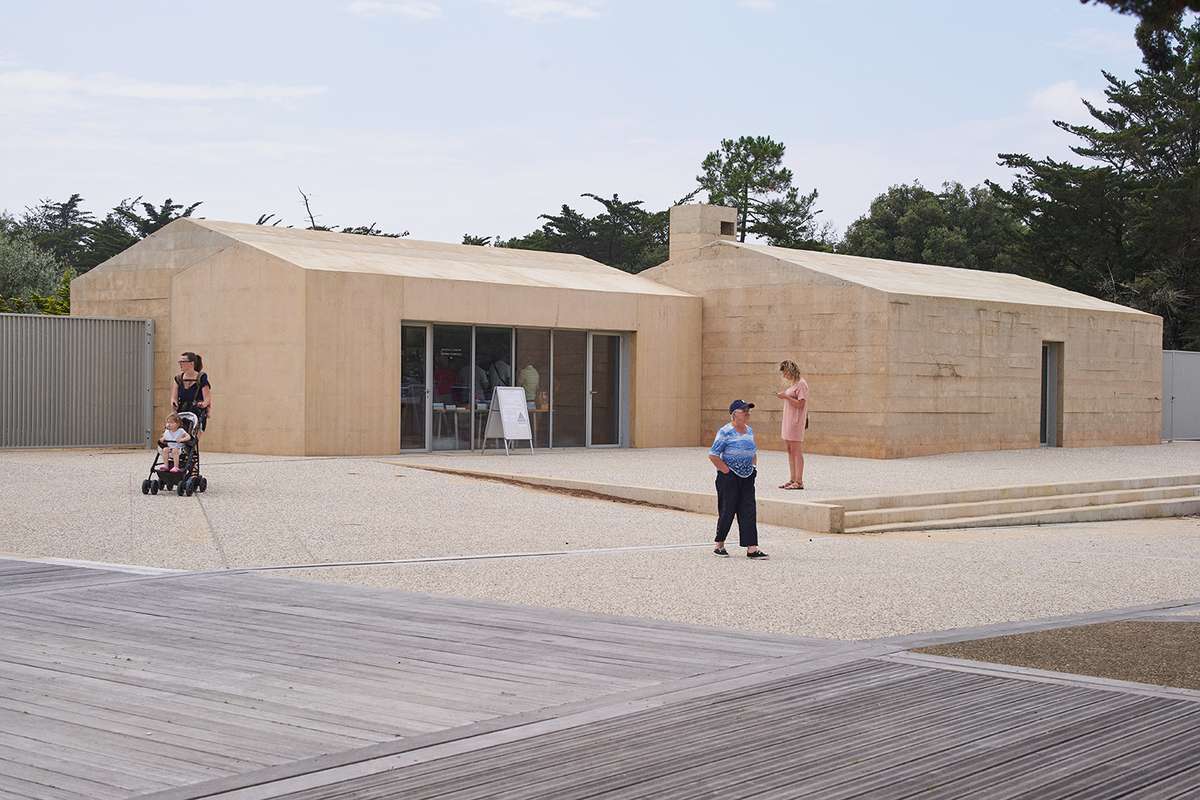
Welcome pavilion Clemenceau in Saint-Vincent-sur-Jard, France
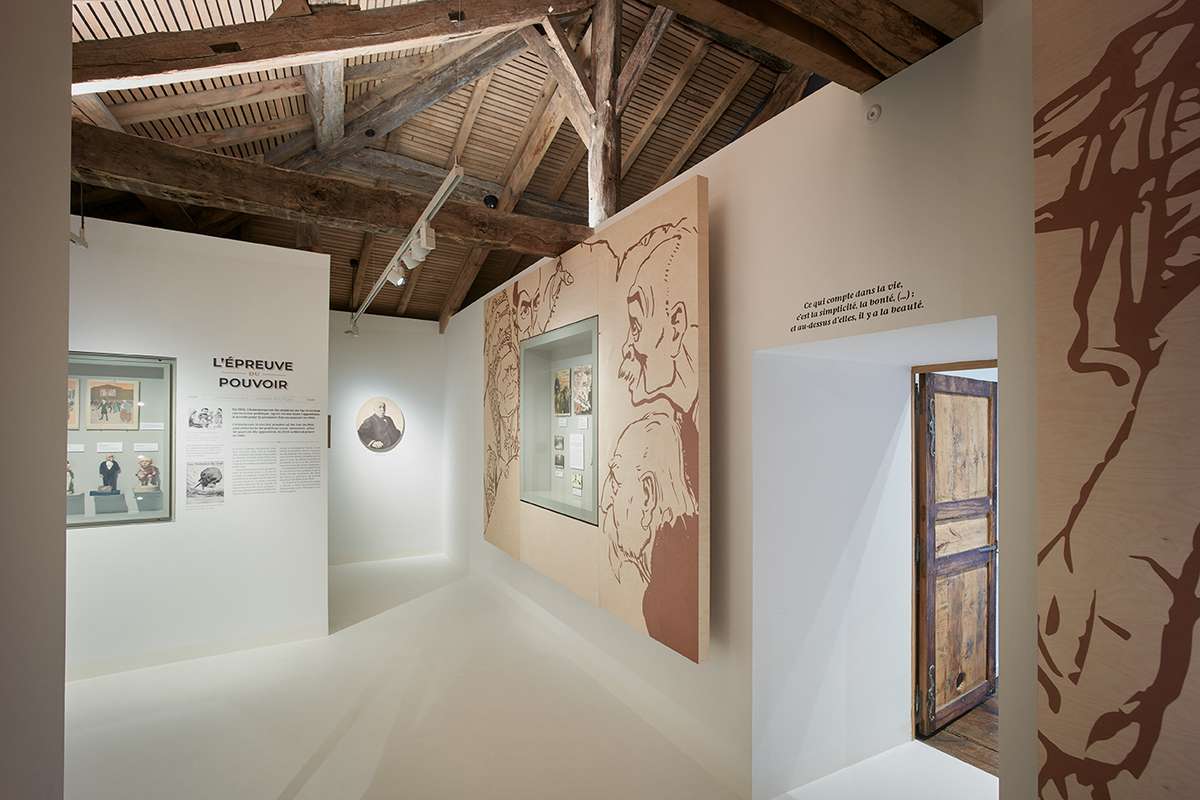
National museum Clemenceau in Mouilleron-en-Pareds, France
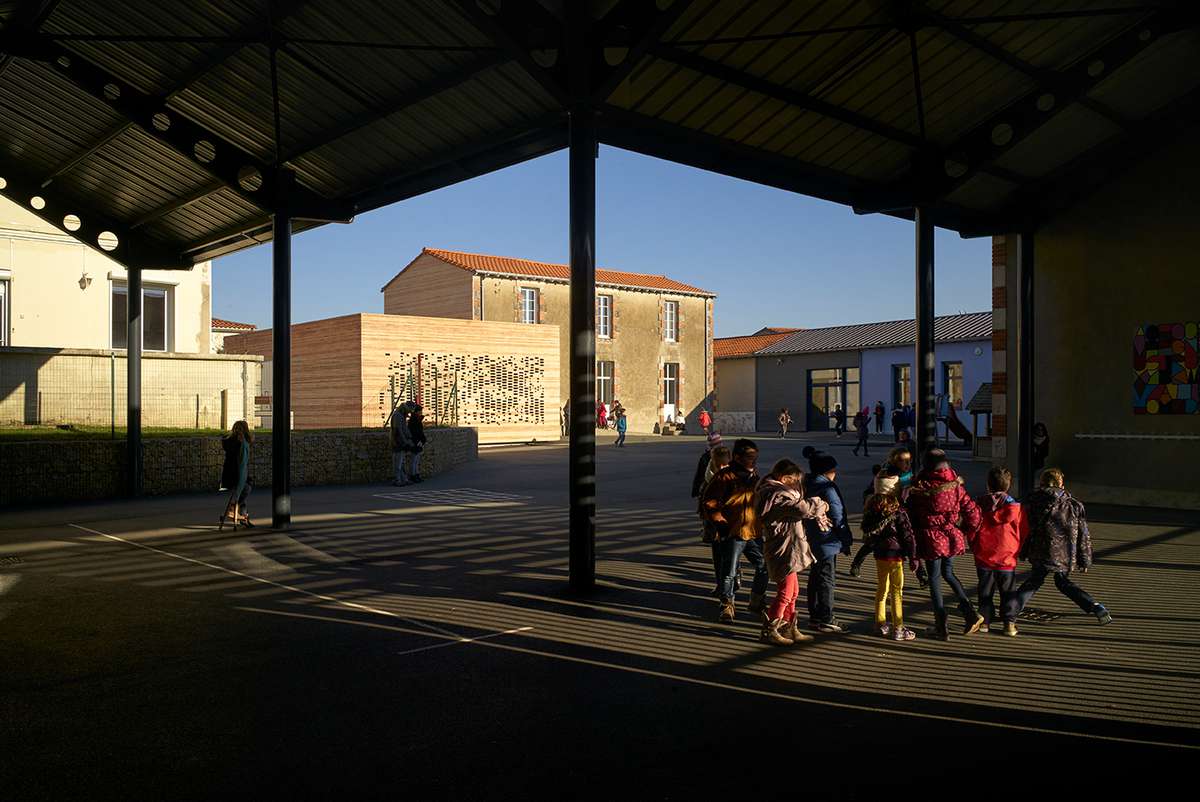
Town hall in Chaillé-sous-les-Ormeaux, France
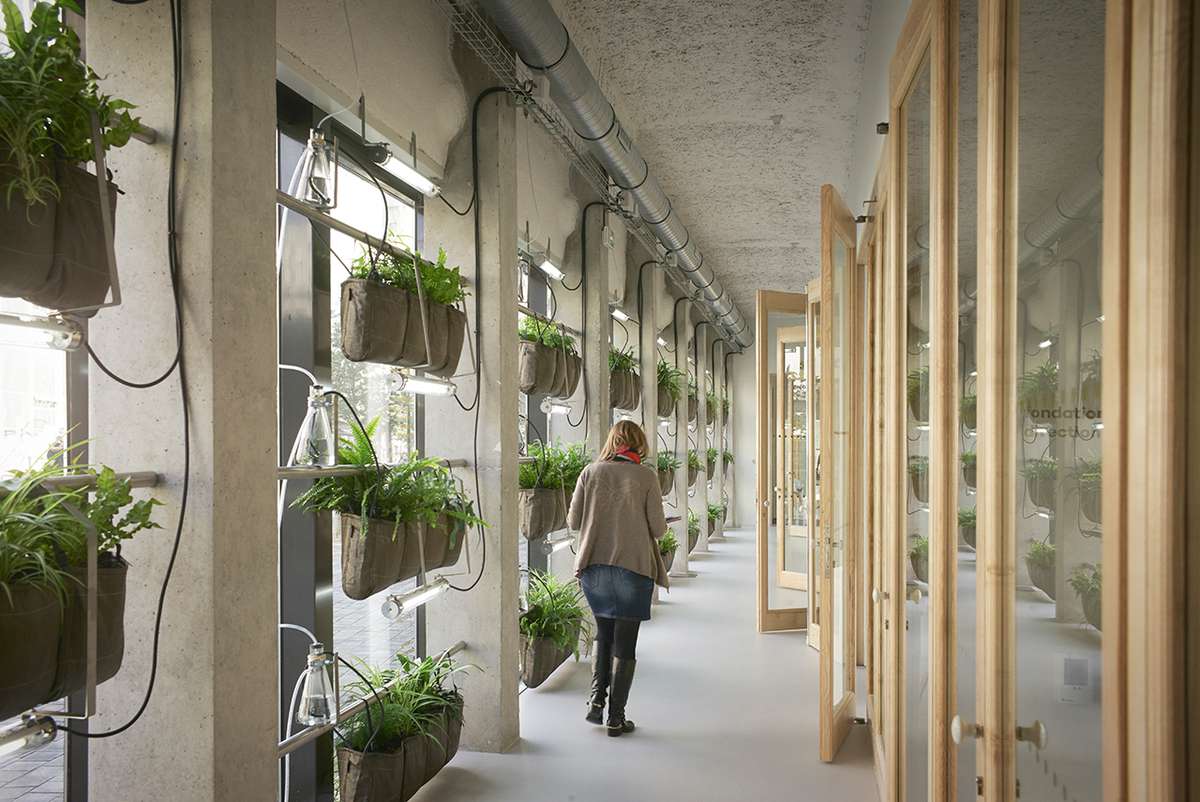
Offices for the University of Nantes, France
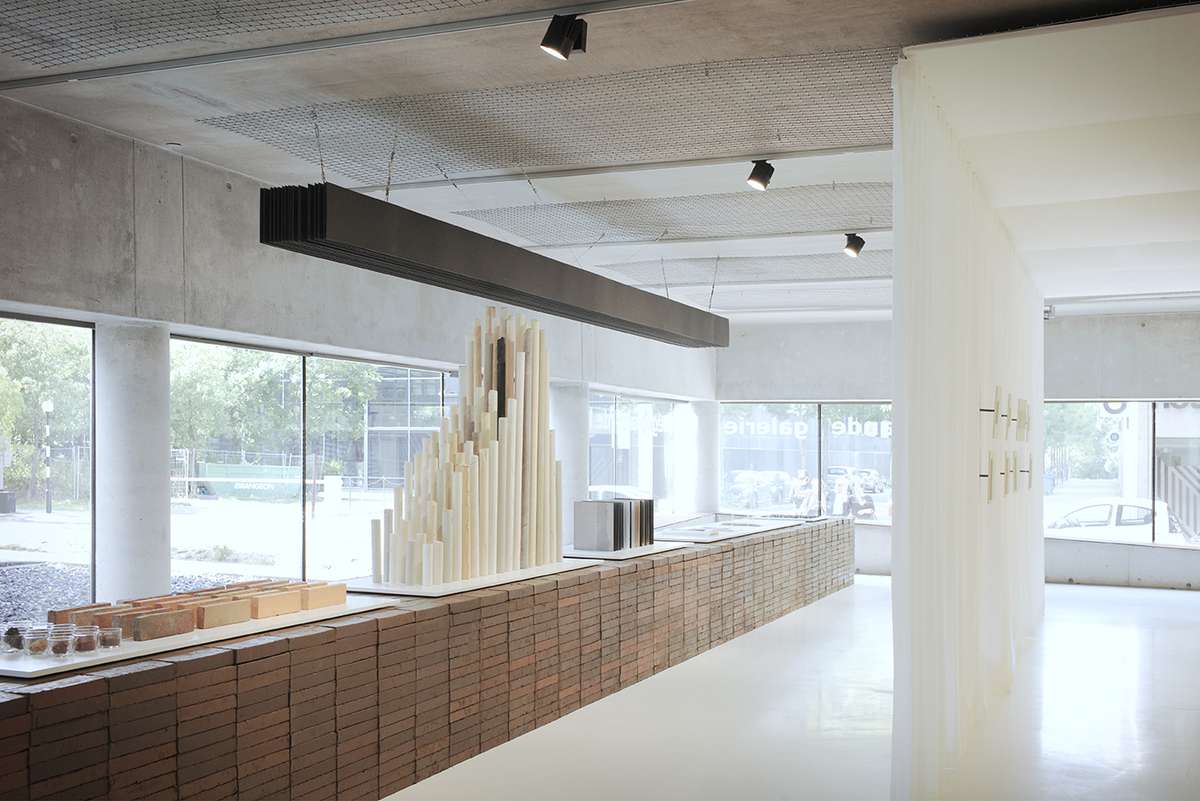
Exhibition "Variations", France, 2019
Inherent conditions
Inherent conditions

- Site-specific cases
In the past several years, we’ve developed several small scale projects which resulted in case studies in materiality that pushed the boundaries of our practice, and we felt that if we, as architects, share this knowledge between each other, architecture would progress faster, and we would have a greater impact when it comes to designing and programming, and fostering the identity of a specific place. On these various sites, there was a real experience of approaches mixing old and new. Such innovation often consists of respecting the existing, and finding old know-how to extract new logics from it to be able to articulate new emergent space for the community. With the increasing uncertainty of our environmental future, we believe that through sharing the research on construction and materials, one could foster the democratic participation in architecture, which would essentially contribute to the shaping of a sustainable environment and a thriving community.
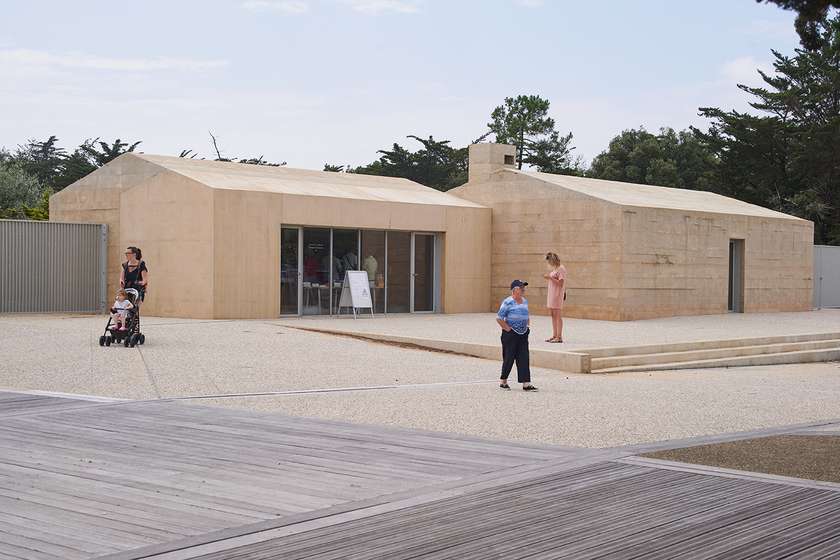
Welcome pavilion Clemenceau in Saint-Vincent-sur-Jard, France
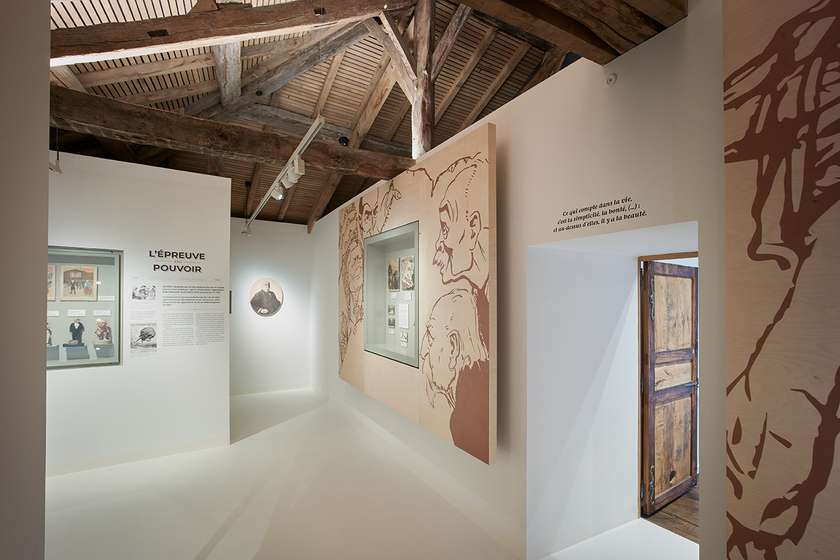
National museum Clemenceau in Mouilleron-en-Pareds, France
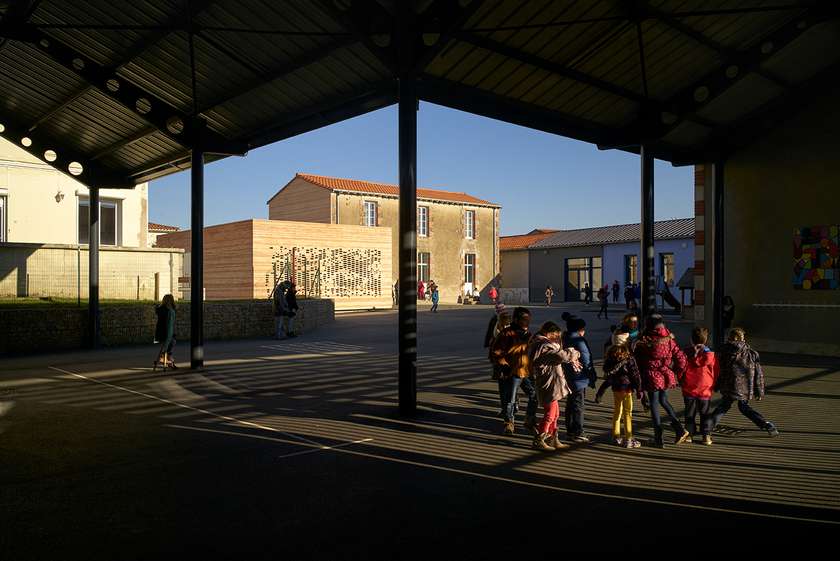
Town hall in Chaillé-sous-les-Ormeaux, France
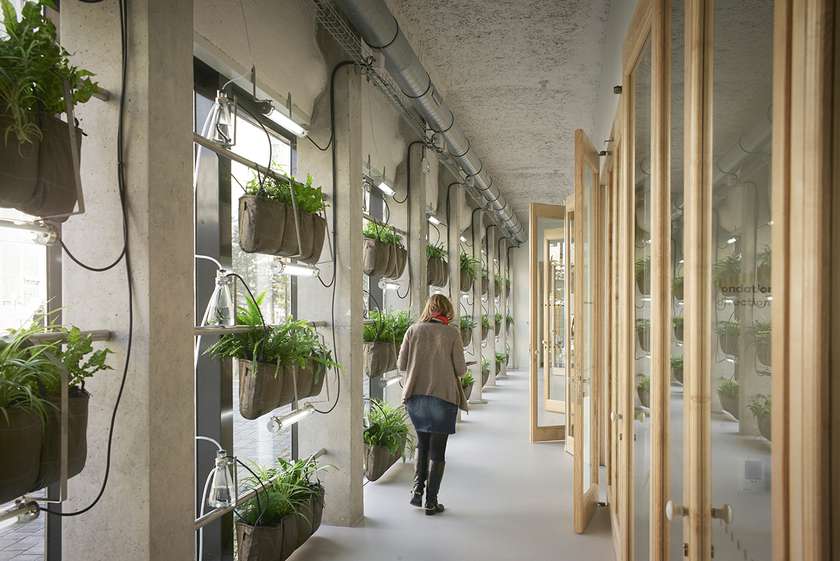
Offices for the University of Nantes, France
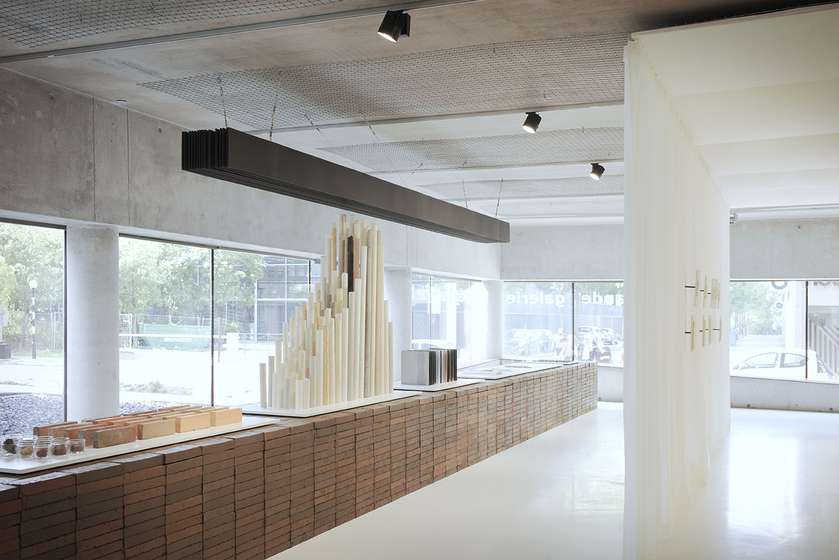
Exhibition "Variations", France, 2019